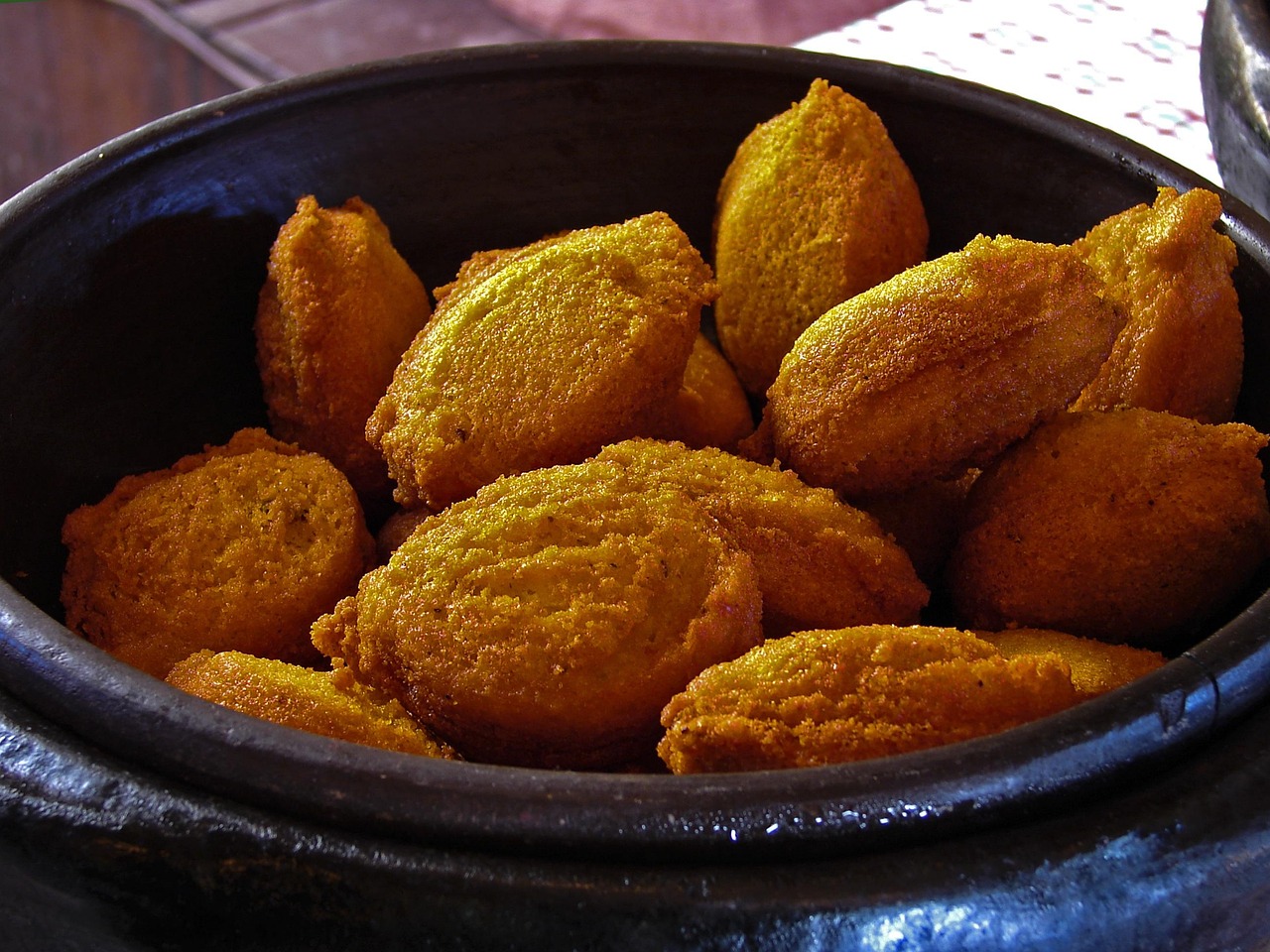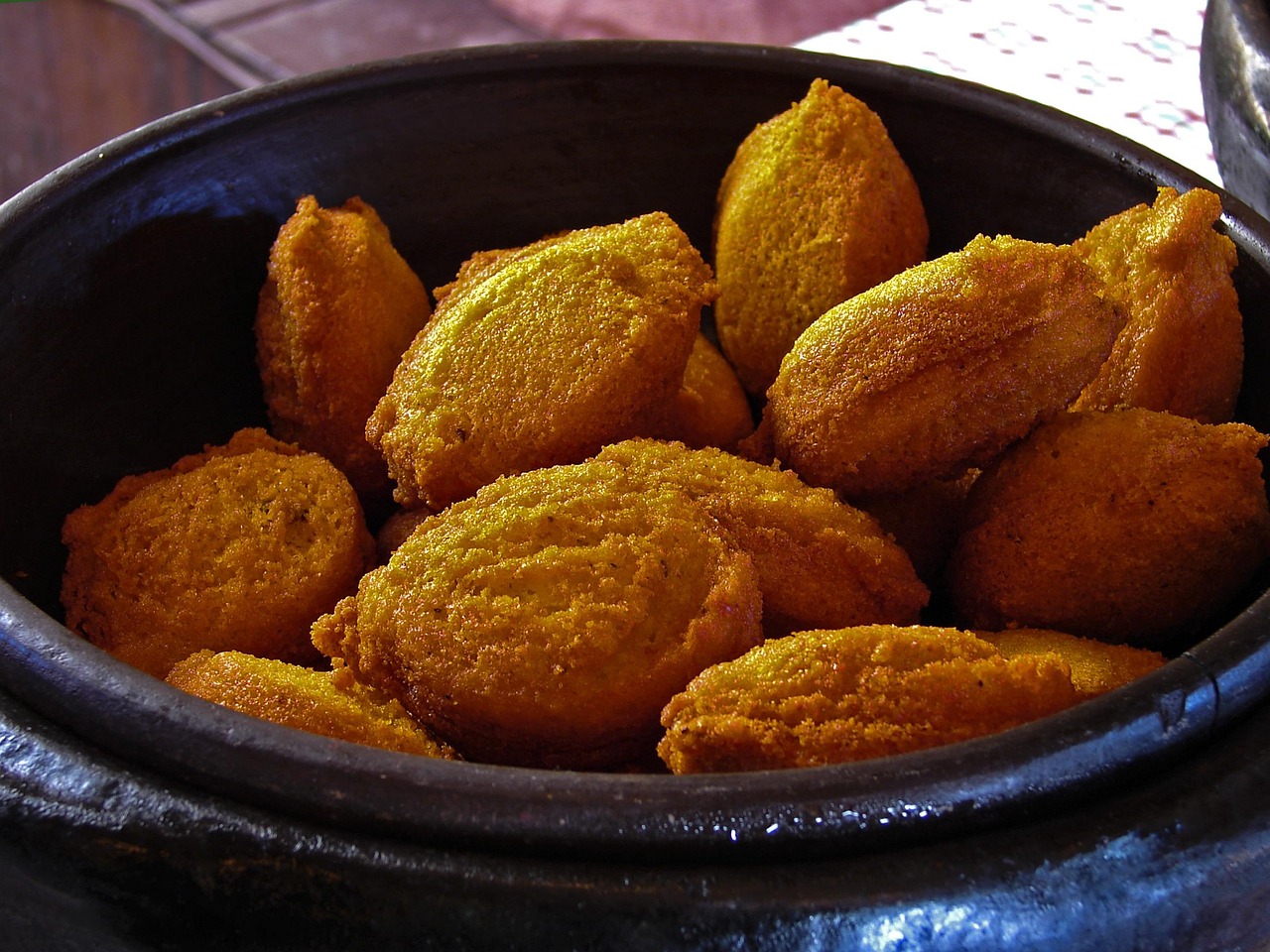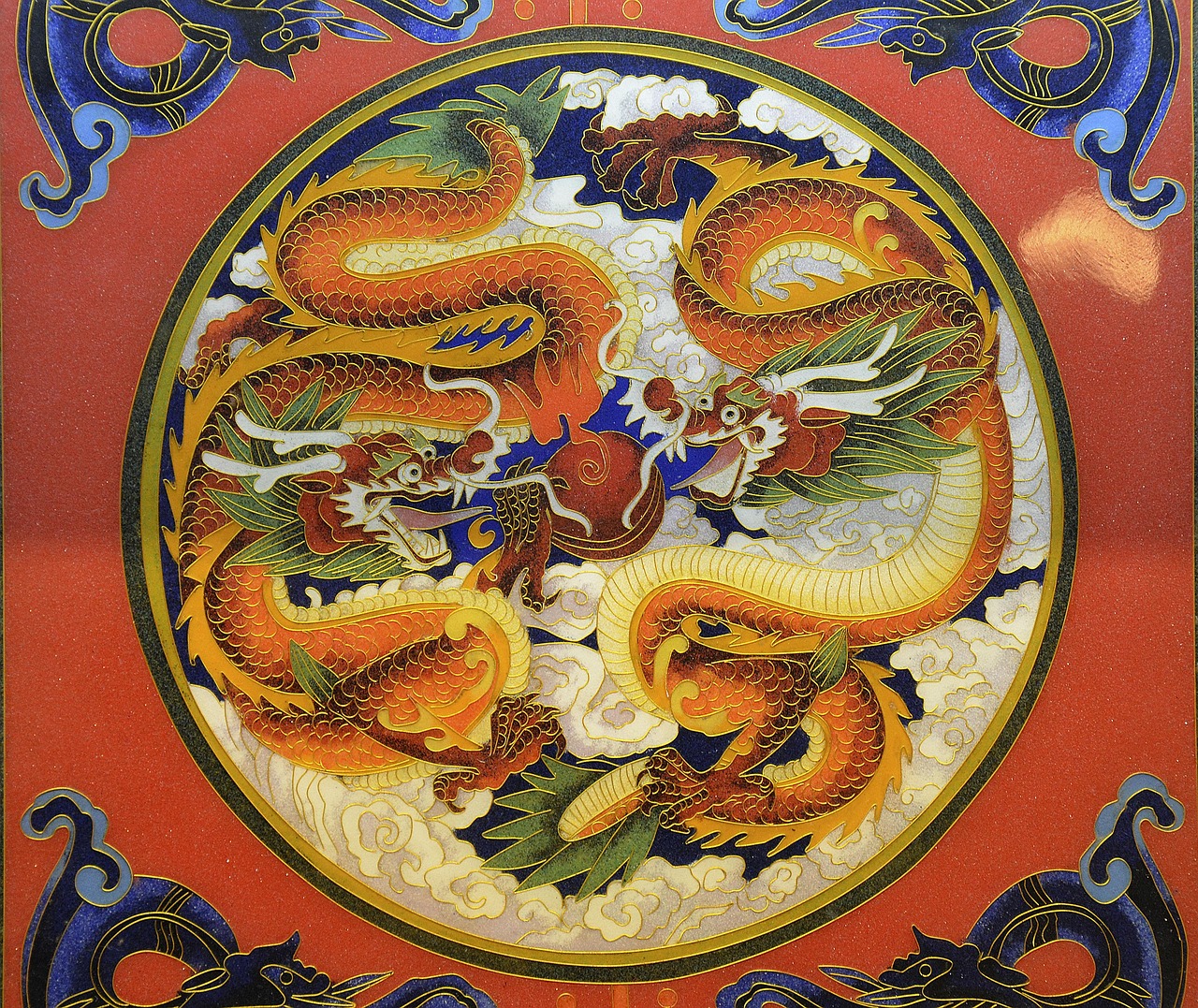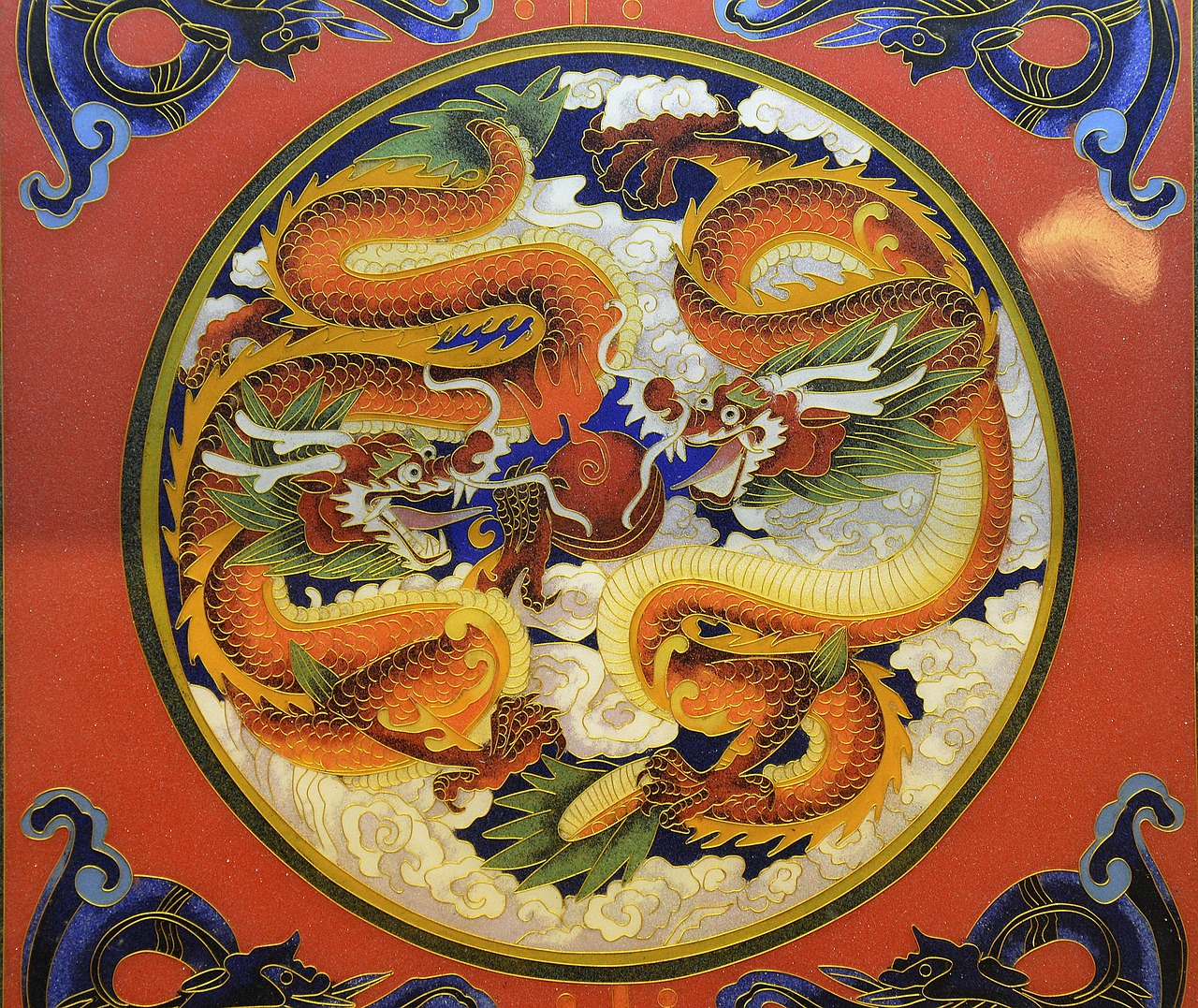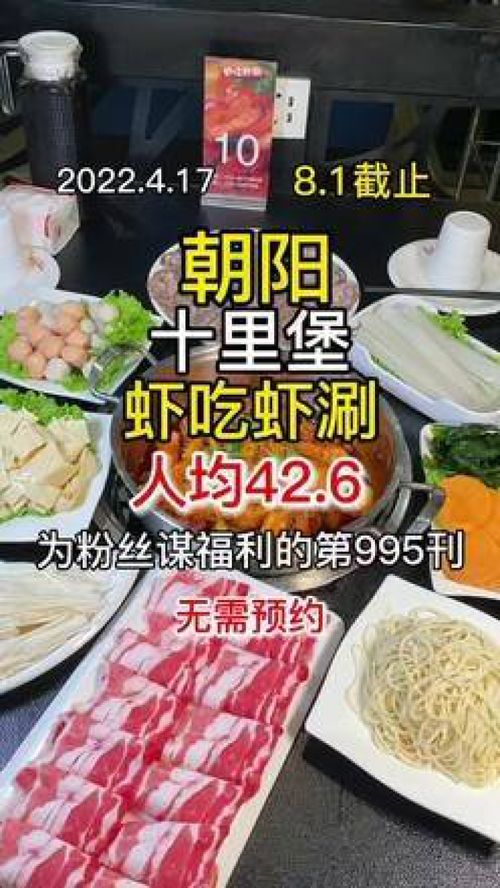A Culinary Journey Through China:Exploring the Rich Tapestry of Chinese Cuisine
Introduction
China, a land of diverse cultures and traditions, is also a culinary paradise. Its vast geography and rich history have given birth to a multitude of regional cuisines, each with its own unique flavors, ingredients, and cooking techniques. In this article, we will embark on a virtual culinary journey through China, exploring the intricacies of its food culture and the dishes that have made Chinese cuisine享誉全球.
The Eight Culinary Traditions
Chinese cuisine is often categorized into eight major regional traditions, each with its own distinct characteristics:
-
Sichuan Cuisine (四川菜): Known for its bold flavors and extensive use of oil, Sichuan cuisine is famous for its spicy dishes, particularly those that incorporate the region's signature "three peppers" – chili, black pepper, and Sichuan peppercorns.
-
Cantonese Cuisine (粤菜): Originating from Guangdong province, Cantonese cuisine is characterized by its light and fresh flavors, with an emphasis on the quality and freshness of ingredients. Dim sum, a popular dining experience, is a testament to this culinary tradition.
-
Shandong Cuisine (鲁菜): With a history dating back to the Spring and Autumn period, Shandong cuisine is known for its rich flavors and use of seafood. It is often considered the most traditional form of Chinese cuisine.
-
Jiangsu Cuisine (苏菜): Hailing from the lower reaches of the Yangtze River, Jiangsu cuisine is known for its delicate flavors and elegant presentation. Sweet and sour dishes, as well as soups, are popular in this region.
-
Fujian Cuisine (闽菜): The coastal province of Fujian is known for its seafood dishes, which are often cooked with minimal seasoning to preserve the natural flavors of the ingredients.
-
Hunan Cuisine (湘菜): Similar to Sichuan cuisine, Hunan cuisine is also spicy, but it tends to be more sour and less oily. The use of pickled vegetables and fermented tofu is common in Hunan dishes.
-
Zhejiang Cuisine (浙菜): Influenced by the region's rivers and lakes, Zhejiang cuisine is known for its fresh and tender seafood dishes, as well as its sweet and sour flavors.
-
Anhui Cuisine (徽菜): Anhui cuisine is known for its simple and rustic dishes, often featuring local ingredients such as bamboo shoots and mushrooms.
Key Ingredients and Techniques
Chinese cuisine is not just about the regional dishes; it is also about the ingredients and techniques that make each dish unique. Here are some of the key elements:
-
Rice: A staple in Chinese diets, rice is used in various forms, from steamed rice to rice noodles and congee (rice porridge).
-
Soy: Soybeans are used in a multitude of ways, from soy sauce and fermented tofu to bean curd and bean sprouts.
-
Stir-frying: This quick cooking method is central to Chinese cuisine, allowing for the retention of flavors and nutrients in the ingredients.
-
Steaming: A healthy cooking technique that is used to prepare a variety of dishes, from dumplings to fish and vegetables.
-
Braising: Slow cooking in liquid, braising is used to tenderize meats and infuse them with complex flavors.
-
Roasting and Grilling: Techniques used to create dishes with a smoky, caramelized flavor, such as Peking duck and barbecued meats.
Signature Dishes
Now, let's delve into some of the signature dishes that have made Chinese cuisine famous worldwide:
-
Peking Duck (北京烤鸭): A dish synonymous with Beijing, Peking duck is known for its crispy skin and succulent meat, often served with pancakes, scallions, and sweet bean sauce.
-
Kung Pao Chicken (宫保鸡丁): A Sichuan dish that combines spicy, sweet, and sour flavors with chicken, peanuts, and vegetables.
-
Hot and Sour Soup (酸辣汤): A popular soup with a tangy, spicy broth that is often served as a starter or accompaniment to other dishes.
-
Wontons (馄饨): Dumplings filled with minced meat and vegetables, served in a light broth.
-
Mapo Tofu (麻婆豆腐): A Sichuan dish featuring soft tofu in a spicy, numbing sauce with minced meat.
-
Dim Sum: A variety of small, bite-sized dishes served in steamer baskets or on small plates, popular in Cantonese cuisine.
-
Spring Rolls (春卷): Fried rolls filled with vegetables and sometimes meat, often served as an appetizer.
-
Sweet and Sour Pork (糖醋排骨): A dish that combines the sweet and sour flavors with tender pieces of pork.
The Global Influence of Chinese Cuisine
Chinese cuisine has had a profound impact on global food culture. Its influence can be seen in the proliferation of Chinese restaurants around the world, as well as the incorporation of Chinese ingredients and techniques in non-Chinese cuisines. From the fusion of Chinese and Western flavors in dishes like chop suey and fortune cookies to the adoption of soy sauce and sesame oil in various cuisines, the reach of Chinese culinary traditions is undeniable.
Conclusion
Chinese cuisine is a tapestry of flavors, techniques, and traditions that have evolved over thousands of years. Each region offers a unique culinary experience, and the dishes that have emerged from these traditions have captivated the palates of people around the world. Whether you're enjoying a steaming bowl of hot and sour soup in Sichuan or savoring the delicate flavors of a Jiangsu seafood dish, Chinese cuisine is a journey worth taking for any food lover.


